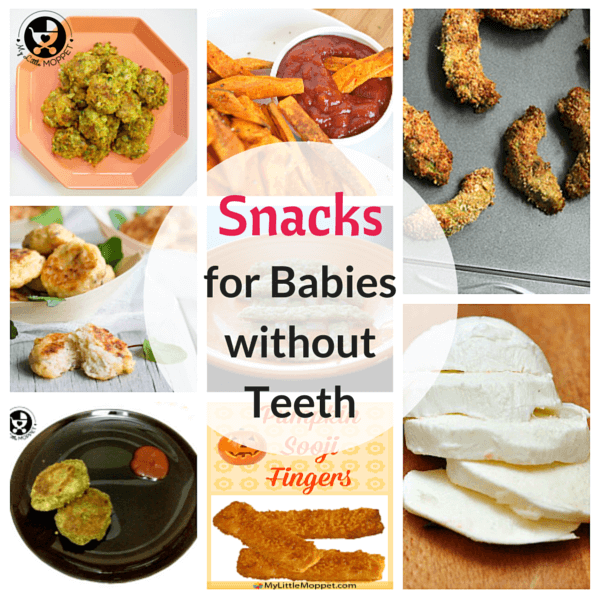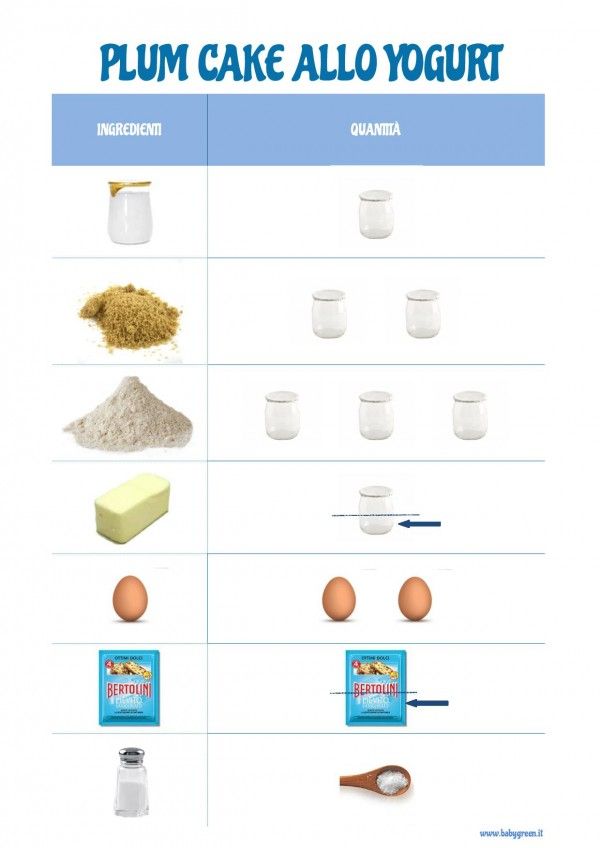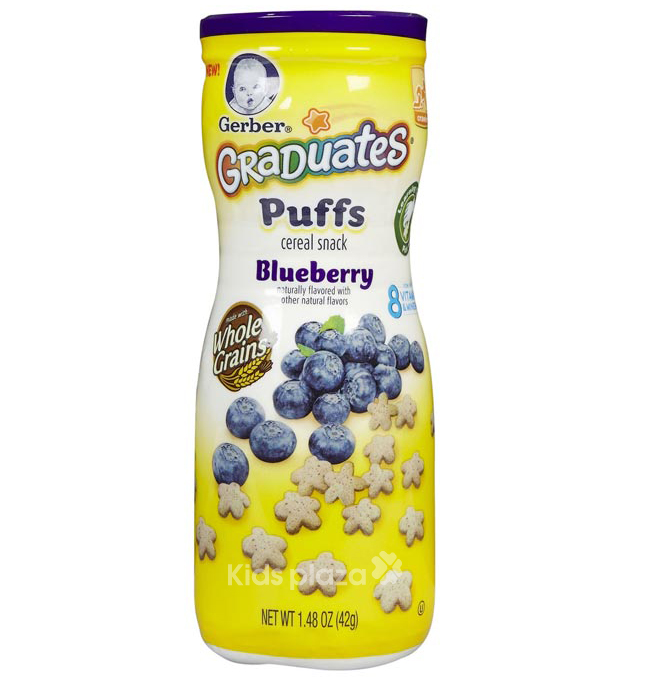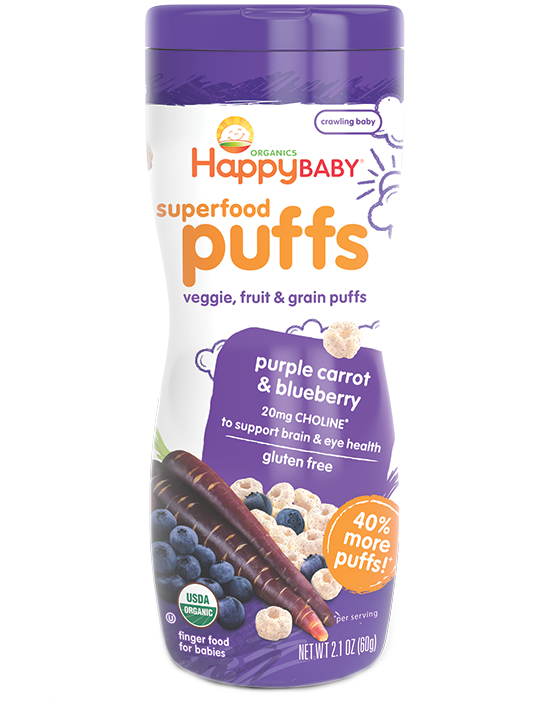When can i feed my baby squirrel solid food
Baby Squirrel Feeding Chart - An Ultimate Intro To Foods
Are you looking for an introduction to foods for baby squirrels? Read on for the ultimate food intro guide recommended by an expert squirrel rehabber! Our Baby Squirrel Feeding Chart is an excellent resource for rehabbers, squirrel owners, and wildlife rehabilitators to introduce new foods to baby squirrels. We also provide in-depth information about what age is suitable for different foods.
Disclaimer: If you find a sick, injured, or orphaned animal, please don’t take on the responsibility of caring for it yourself. Please locate a licensed rehabber in your area, and remember, this is about the animal’s one chance at life.Looking for a Rehabber? Here are 3 Resources
- Squirrel Rehab Locator Map – input your zip code or city into the search bar of Google Maps.
- Animal Help Now – licensed rehabber directory
- Squirrel Connections – licensed rehabber directory by state
Baby Squirrel Feeding Chart: Feeding Tips
The baby squirrel feeding tips are the best practices of Karen C. , an expert rehabber in New Orleans, LA. If you want to connect with Karen, you are welcome to send a message through Kitty City Squirrels or visit her Instagram page @omakoda.
Squirrels need a quality formula from birth through self-wean, usually at 12 to 14 weeks of age.
WaterFresh drinking water is available as soon as the squirrels open their eyes, usually around 5 weeks old. My preference is to expose the squirrel to water, even though squirrels may not begin to drink water for one to two weeks after opening their eyes.
Rodent BlocksStarting daily at 4 weeks of age, Karen places a fresh piece of rodent block in their feeding dish. The squirrel gets accustomed to the smell by having a new piece daily. They may not eat the block immediately but begin to gnaw on it.
Rodent blocks are offered daily while the squirrel is in Rehabber Karen’s care. At the age of 8 weeks, the serving increases to two (2) blocks per day.
When squirrel babies open their eyes, Karen offers solid food. When she first began rehabilitating squirrels, she witnessed babies having diarrhea and bloat. These unfortunate circumstances led her to develop a system to introduce new foods. This series of introductions work for Karen, and individual results may vary.
Baby Squirrel Feeding Chart 5 to 8 Weeks Old: Introduction to Vegetables & Fruits
VegetablesAt 5 weeks old, or when eyes are open, the squirrel is introduced to vegetables. Karen offers one kind of vegetable at a time. If there are no issues after 24 hours, another veggie is introduced. If any vegetable causes problems like diarrhea or bloat, the veggie is discontinued and introduced later.
Cut vegetables into big chunks to avoid choking. Continuallymonitor when introducing new foods. Fruits5 to 8 weeks oldThe only fruit offered during this time (5 to 8 weeks old) is avocado. Most squirrels LOVE avocados. Avocados can cause choking because the squirrels become overzealous and put too much in their mouth.
Most squirrels LOVE avocados. Avocados can cause choking because the squirrels become overzealous and put too much in their mouth.
| 5 to 8 weeks old: Vegetables & Fruit Introduction |
|---|
| Arugula |
| Beet greens |
| Belgian endive |
| Broccoli |
| Brussels sprouts |
| Butternut squash |
| Carrots |
| Cauliflower |
| Collard greens |
| Crookneck squash |
| Cucumber |
| Garbanzo beans (fresh) |
| Kale |
| Pumpkin |
| Radicchio |
| Romaine lettuce |
| Sugar snap peas |
| Sweet potatoes |
| Swiss chard |
| Turnip greens |
| Zucchini |
| 5 to 8 weeks old: Fruit Introduction |
| Avocado |
Baby Squirrel Feeding Chart 6 to 7 Weeks Old: Introduction to Nuts
Shelled NutsKaren introduces shelled almonds and pecans at 6 to 7 weeks old.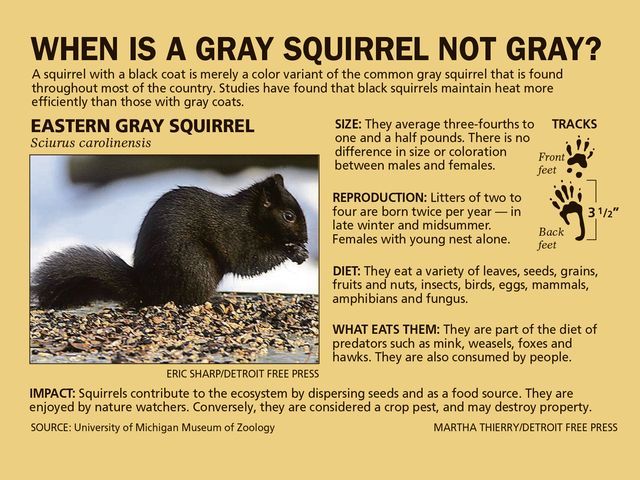 One piece is given as a bedtime treat.
One piece is given as a bedtime treat.
Introducing unshelled nuts to squirrels is tricky due to nut aggression. Karen saves unshelled nuts when the squirrels get transferred to the release enclosure. When in the release enclosure, Karen stops handling the squirrels.
Nuts in the shell can turn squirrels into little devils. If you’re not worried about nut aggression, then 6 to 7-week-old squirrels can have 1 to 2 nuts, NO more than that if the squirrel is captive.
Baby Squirrel Feeding Chart 8 to 9 Weeks Old: New Fruit Introductions
FruitKaren offers apples to squirrels at 8 to 9 weeks of age. If there are no issues after 24 hours, feed blueberries, followed by grapes. Please remember to give only one type of fruit at a time. If there are no problems, continue with other varieties like blackberries, cantaloupe, cherries, coconut, cranberries, citrus, kiwi, persimmon, pomegranate, raspberries, etc. , watermelon.
, watermelon.
During a volunteer rehab shift, Karen witnessed an 8-week-old squirrel struggling. A piece of apple skin was stuck to the squirrel’s palate, and removing the skin took two people. They considered themselves lucky to be there during that emergency and used it as a lesson learned.
Remove apple and grape skins until the Squirrel is 10 weeks old or until you are sure it can handle itWithout choking.| 8 to 9 weeks old: Fruit Introductions |
|---|
| Apples (introduce first & remove skin) |
| Blueberries |
| Grapes (remove skin) |
| Blackberries |
| Cantaloupe |
| Cherries |
| Coconut |
| Cranberries |
| Citrus |
| Kiwi |
| Persimmon |
| Pomegranate |
| Raspberries |
| Strawberries |
| Watermelon |
Baby Squirrel Feeding Chart 9 to 10 Weeks Old: Animal Protein Introductions
At 9-10 weeks old, the squirrels are fed animal protein.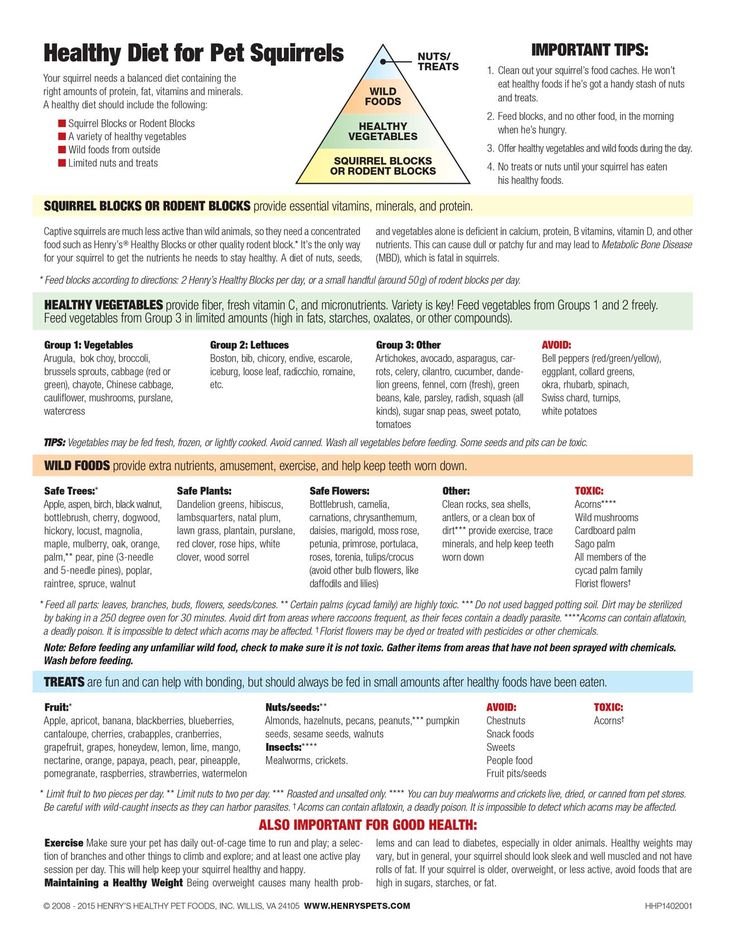 This includes dried grasshoppers, crickets, live or dried mealworms, and live moths. Please note that not all squirrels are into these, but giving them a try is a good idea.
This includes dried grasshoppers, crickets, live or dried mealworms, and live moths. Please note that not all squirrels are into these, but giving them a try is a good idea.
| 9 to 10 weeks old: Animal Protein Introductions |
|---|
| Dried grasshoppers |
| Dried crickets |
| Live or dried mealworms |
| Live moths |
Baby Squirrel Feeding Chart 9 to 10 Weeks Old: Wild Food Introductions
Squirrels love wild foods offered at 9 to 10 weeks of age. As a rehabber, Karen’s job is to familiarize the squirrels with some of the local area’s natural foods. If you are a rehabber, have a captive or non-release squirrel, consider educating yourself on wild edibles.
The following list I offer includes: branches with lichen, camellia buds, oxalis (all parts), pine cones, rosebuds, rose hips, white clover (all parts), wild hibiscus, etc.
| 9 to 10 weeks old: Wild Food Introductions |
|---|
| Lichen branches |
| Camellia buds |
| Oxalis (all parts) |
| Pinecones |
| Rosebuds |
| Rosehips |
| White clover (all parts) |
| Wild Hibiscus |
Conclusion
One of the most important things to know when caring for baby squirrels is what they need to eat. The diet a baby squirrel requires is complex. Learning to feed a baby squirrel can be daunting, but it doesn’t have to be. If you have tips or tricks that have worked for you when feeding baby squirrels, send Kitty City Squirrels a message or leave a comment below.
Subscribe to our VIP Squirrel Tails monthly magazine to keep up with the latest happenings at Kitty City Squirrels!
Learn More About the Squirrel Tails Magazine
Foods for a Seven to Eight Week Old Squirrel
By Jenny Greeni Ablestock.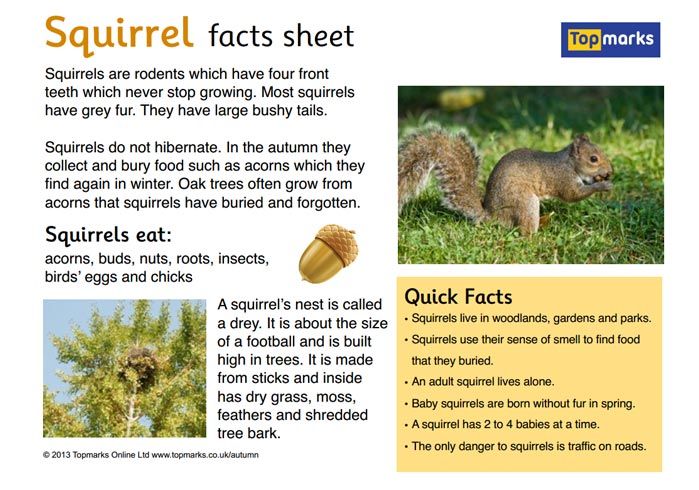 com/AbleStock.com/Getty Images
com/AbleStock.com/Getty Images
Nuts are the first food that most people think to offer squirrels, but babies between 7 and 8 weeks old have complex dietary needs. It's also illegal to keep wildlife in most U.S. states, so if a baby squirrel needs help, take him to a squirrel rehabilitator, where he stands the best chance of survival. When there's no choice but to feed the squirrel yourself, puppy formula and vegetables are suitable foods.
Formula
At 7 to 8 weeks old, baby squirrels are still drinking their mother's milk, so they need regular formula feeds. Puppy milk formula powder is the most suitable, mixed at a rate of 1 part formula to 2 parts lukewarm water for babies that are established formula-feeders, or 1 part formula to 4 parts water for recently-found babies, who may be at risk of dehydration, increasing to the full-strength amount. Other types of formula or milk, such as human baby formula, cows' milk, soy milk and goats' milk, are harmful. Between 7 and 9 weeks of age, baby squirrels drink between 6 and 8 cubic centimeters (one-tenth to three-tenths fluid ounce) of formula three times a day.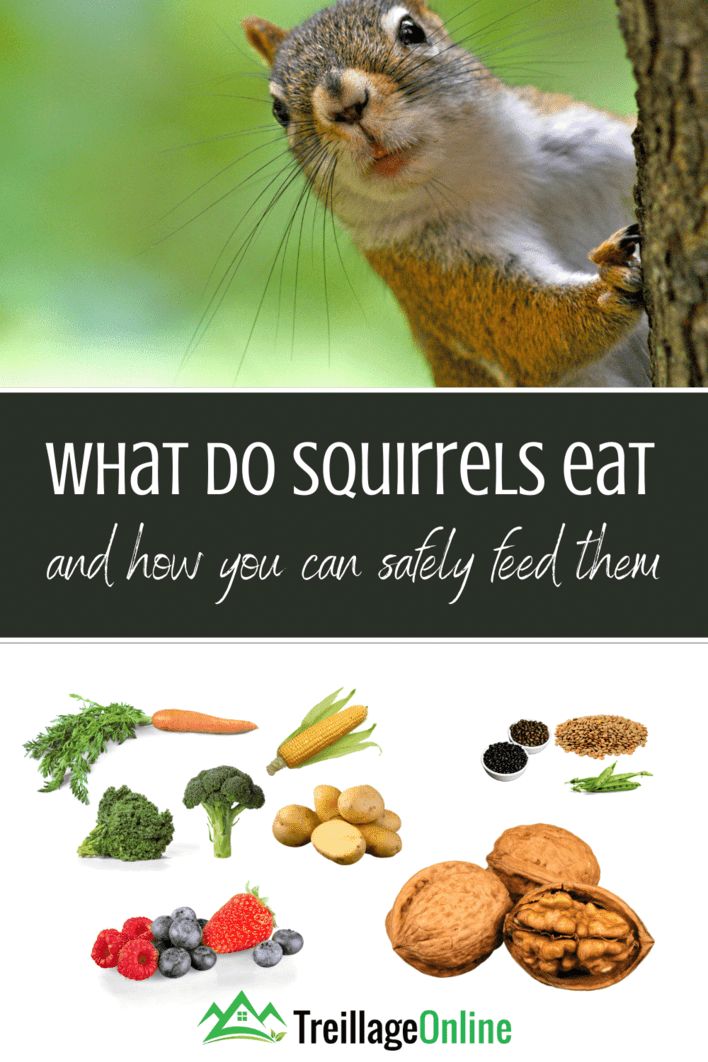
Food
Baby squirrels begin weaning, eating some solid food while still drinking mother's milk or formula, at between 6 and 7 weeks old. Rehabilitators put primate chow in the nest box to encourage the baby to try solid food, and add other foods over the next two weeks, such as apples, grapes, hard-shelled nuts out of the shell, broccoli stems, kale, green beans and other vegetables. Corn and sweet potato are included in the diet once the baby reaches 9 to 10 weeks. Baby squirrels who are weaning should be given as much solid food to eat as they want. Hamster and gerbil mixes aren't appropriate for squirrels.
Metabolic Bone Disease
Squirrels eating an inadequate diet can develop a disorder called metabolic bone disease. Caused by calcium deficiency, symptoms include labored breathing, low activity levels and appetite, seizures, paralysis and finally, death. Metabolic bone disease is common among squirrels fed squirrel food products containing large amounts of nuts, corn and seeds.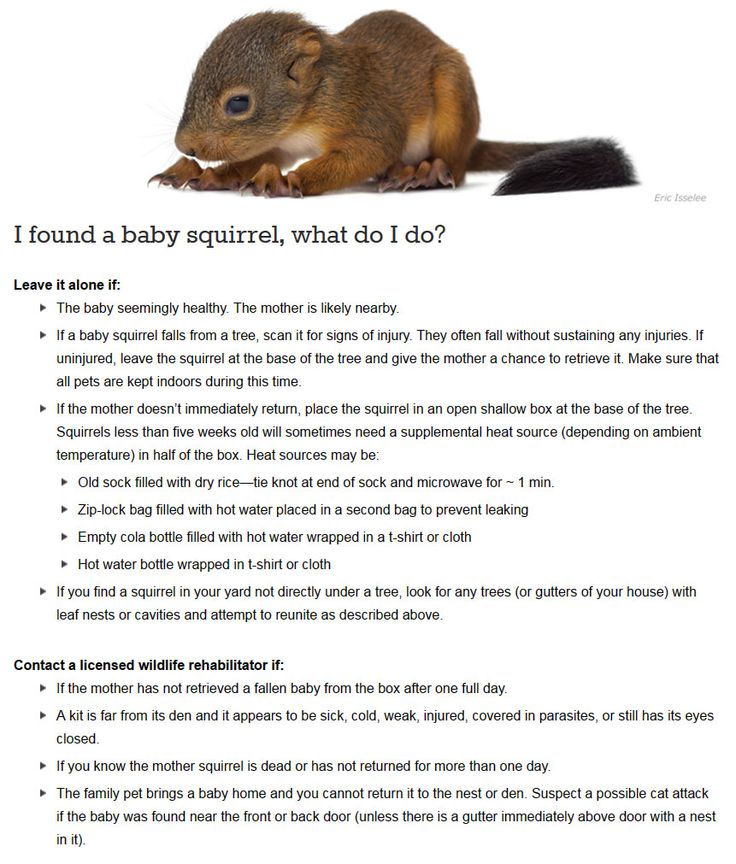 Although squirrels love to eat these foods, high levels in their diet makes them ill. If you suspect a squirrel may be suffering from metabolic bone disease, remove all inappropriate foods from his diet and take him to a squirrel rehabilitating center or vet.
Although squirrels love to eat these foods, high levels in their diet makes them ill. If you suspect a squirrel may be suffering from metabolic bone disease, remove all inappropriate foods from his diet and take him to a squirrel rehabilitating center or vet.
Precautions
Water and warmth are more important to lost and abandoned baby squirrels than food. If you're unable to take the squirrel to a wildlife rehabilitation center immediately, warm him up and rehydrate him before offering food. Place a heating device, such as an electric pad or hot water bottle, covered with a blanket or towel, half under the squirrel so that he can move off if he gets too hot, and offer infant rehydration fluid by syringe. Don't squirt the fluid down the squirrel's throat, and always hold him upright to avoid liquid entering his lungs.
References
- Chris's Squirrels and More: Basic Steps to Hand Rearing a Baby Squirrel
- Squirrel Tales: A Manual of Infant Care for Beginners
- Animal Connection Texas: 911 Advice for Squirrels
Resources
- The Humane Society: Squirrels
- Audubon Society of Portland: Urban Squirrels
- National Wildlife Rehabilitators Association: Finding a Rehabilitator
Photo Credits
Writer Bio
A graduate of Leeds University, Jenny Green completed Master of Arts in English literature in 1998 and has been writing about travel, gardening, science and pets since 2007.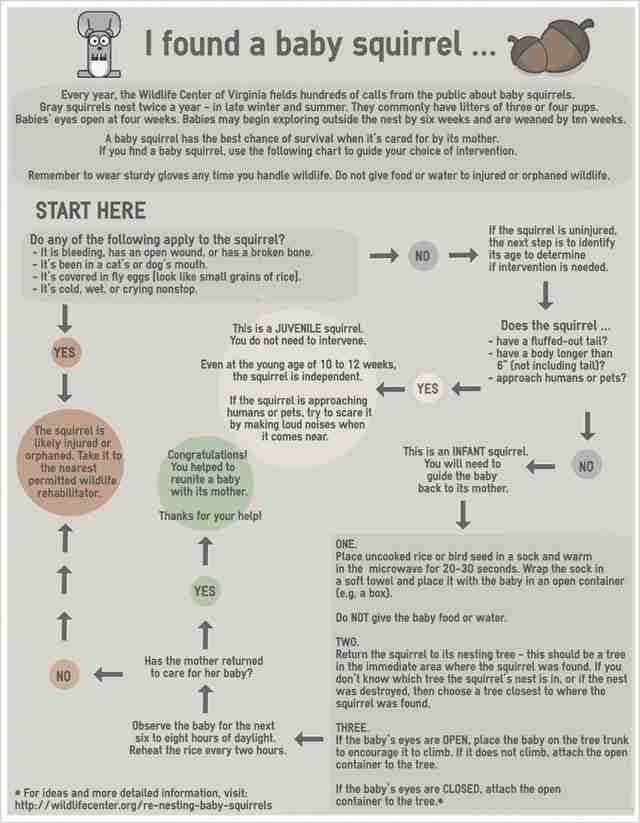 Green's work appears in Diva, Whole Life Times, Listverse, Earthtimes, Lamplight, Stupefying Stories and other websites and magazines.
Green's work appears in Diva, Whole Life Times, Listverse, Earthtimes, Lamplight, Stupefying Stories and other websites and magazines.
Sumy region veterinary - How to feed a baby squirrel?
What to feed the squirrel?
One of the products that I use in feeding baby squirrels is Esbilac milk replacer for puppies. You can purchase it at most pet stores.
Esbilac may be sold in powder or liquid form. I prefer to buy Esbilac powder. Do not buy instead of Esbilak its substitutes that you can offer in the store. At the same time, get a few syringes in the store (or pharmacy), but without needles. nine0005 You can pick up a gift for your loved one in the online store dom-podarka.ru.
Never, ever use bottles with nipples when feeding a squirrel! The squirrel can suffocate because of them!
Instead of bottles, you will need 1 to 3 unit syringes for feeding very young squirrels, and 5 to 10 unit syringes for feeding slightly older squirrels.
Instead of needles, you need to put small papillae on syringes, which can be sold in pet stores.
If you cannot find such small papillae, then use a pipette, but in this case, be extremely careful not to feed the squirrel too quickly, otherwise it may choke.
Mix 2 parts liquid esbilac with 1 part water (if using powdered esbilac add 2 parts water to 1 part esbilac). You can also add just a little fruity sweetener for kids. Only quite a bit! You can use fruit banana sweetener - squirrels really like this taste. nine0006
You can also add some yoghurt to the nutritional formula.
Mix the formula in a clean jar and then store the mixture in the refrigerator.
Then, for each feeding, heat only the part of the formula that will be used for that feeding.
When heating the mixture in the microwave, be careful not to heat the mixture too hot.
Then draw the formula into the syringe and feed the squirrel very carefully. nine0006
When feeding, I lay the older baby squirrels on a flat surface and feed them in that position. If the squirrels are still too small, then you can feed them by holding them in your hand.
If the squirrels are still too small, then you can feed them by holding them in your hand.
Be very careful and slow to prevent the squirrel from drowning.
Sometimes a baby squirrel can suckle formula so fast that it starts to choke. In this case, you need to immediately stop feeding and hold the baby upside down so that excess fluid can flow back out. After that, you need to wipe the squirrel's nose and mouth and then continue feeding, only more slowly. nine0006
A very small baby squirrel with hair that is still completely missing or has barely begun to grow, needs to be fed regularly every 2-3 hours, as thin squirrels cannot eat enough at one meal.
Baby squirrels at two to three weeks of age should be fed regularly every 3-4 hours.
Three to five week old baby squirrels need to be fed every 4-5 hours.
At the age of five weeks, squirrels should be fully furred and their eyes should be opening. At this age, they can be fed every four hours during the day, and can no longer be fed at night.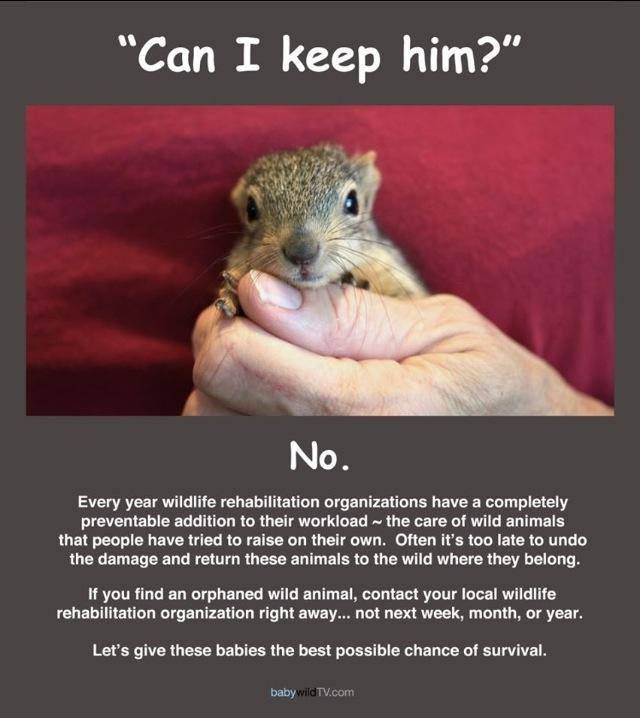 nine0006
nine0006
The amount of food a baby squirrel needs at each meal is not strictly defined. The squirrel may eat a little more or a little less.
Here is an approximate feeding schedule for baby squirrels depending on their age:
- From one day to two weeks old: 0.5-2 cc. see for each meal, 6-8 feedings per day.
- 2 to 4 weeks old: 2-4 cc. see for each meal, 5 or 6 feedings during the day.
4 to 6 weeks of age: 4-6 (or even more) cc. see for each meal, 4 meals during the day, you can no longer feed at night. nine0006
From the age of six weeks, squirrels can already eat more solid food (zu prem biscuit and small pieces of plant food) in addition to the nutritional formula that they need to be given in a volume of 6-12 cc. see at every meal. Squirrels of this age need to be fed 2-3 times a day.
I always give baby squirrels a nutritional formula until then. Until they give up on it.
Also squirrels are given goat's milk with the following calculation:
1 day - 1:4 (goat's milk:water)
Day 2 - 1:3 (goat's milk:water)
Day 3 - 1:2 (goat's milk:water)
If a baby squirrel is fed goat's milk, its feces are like yellow toothpaste. If the feces become more liquid, start giving the squirrel the mixture as on the first day (1:4).
If the feces become more liquid, start giving the squirrel the mixture as on the first day (1:4).
Squirrel must always be clean. After each feeding, wipe around the mouth with a damp cloth. Gently clean the genitals and anus several times a day (more often if necessary).
Vitamins must be added to goat's milk mixture. Very tiny squirrels are given one drop twice a day during the first week of feeding. Squirrels of three weeks of age are given one drop 3 times a day. When the squirrel opens his eyes, give him two drops of vitamins 3 times a day. nine0006
Friday, May 14, 2010. Author: Andrey Kletsov Posted in News
Kletsov Andrey Mikhailovich
Veterinarian Kletsov Andrey Mikhailovich.
Graduated from the Sumy National Agrarian University in 2003 and received a diploma in veterinary medicine. From 2003 to 2005, he worked as a doctor, and a little later, as the head of the anti-epizootic department of the state veterinary hospital in the Sumy region. In 2007 he received a master's degree in veterinary medicine. nine0006
In 2007 he received a master's degree in veterinary medicine. nine0006
Clinic "Vetpomoshch", Sumy, Ukraine.
- http://vet.sumy.ua
Squirrel
A fur-bearing animal that leads an arboreal lifestyle. The common squirrel is distributed throughout almost the entire territory of Eurasia.
Squirrels are cute but wild animals. Not every animal can become so tame that you can safely let it out around the room and even pick it up. Adults picked up from the street, as a rule, remain wild, never getting used to human care. A rescued baby that has fallen out of the nest can become a true friend for you, as it will get used to you from an early age. nine0006
Picking up a squirrel or an adult squirrel, you let one more family member into your house and thus take responsibility for its future fate.
Adult individuals fall into the hands of a person with various diseases, since a healthy animal is quite dexterous, and it is almost impossible to catch it.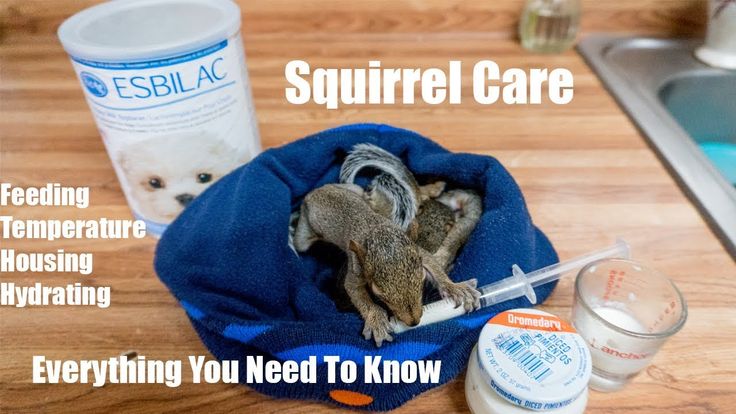 The most common ailments are all kinds of injuries: fractures, dislocations, biting wounds, and so on. As well as infectious diseases that can be dangerous to humans. Therefore, having picked up a squirrel, the first thing to do is to show it to a veterinarian who will conduct a full clinical examination, and, if necessary, prescribe additional laboratory tests (analyzes, ultrasound, x-rays, etc.), prescribe treatment and give you advice on care, maintenance and feeding the animal. nine0006
The most common ailments are all kinds of injuries: fractures, dislocations, biting wounds, and so on. As well as infectious diseases that can be dangerous to humans. Therefore, having picked up a squirrel, the first thing to do is to show it to a veterinarian who will conduct a full clinical examination, and, if necessary, prescribe additional laboratory tests (analyzes, ultrasound, x-rays, etc.), prescribe treatment and give you advice on care, maintenance and feeding the animal. nine0006
Squirrels give birth to two litters per year from 2 to 12 cubs each. The first estrus occurs in January-March, the second - in the summer. Duration of pregnancy, on average 30-40 days.
Baby squirrels are born naked and blind, with a body length of 5-5.6 cm and a weight of 7.5-8.5 g. On the 14th day, hair begins to appear. The incisors erupt on the lower jaw on the 21-23rd day, on the upper - on the 37-41th day. Eyes open at 30-32 days. At the same time, baby squirrels wake up with a wild interest in the environment, they look out of the nest and, due to their inexperience, can fall out. nine0006
nine0006
At 14-21 days the squirrels are overgrown with thin fur, eyes are closed, weight 35-60 g, body length 12.5-17.7 cm.
At 40 days they try to find food themselves.
They start independent life at two months.
Puberty at 5 months.
If you picked up a baby, it must be warmed, watered and fed. The optimum temperature for a squirrel is 27ºС.
Suitable for feeding: cow's or goat's milk diluted 1:1 with boiled water or milk replacer for kittens. Feed carefully one drop from a pipette so that the baby does not choke. Massage your tummy before and after every feeding. nine0006
If the squirrel begins to choke, stop feeding, hold him upside down and wipe his nose and mouth, then continue to feed even more slowly.
Approximate feeding schedule for baby squirrels depending on age:
| Age | Meal per meal | Feeding frequency | nine0129 Feeding interval|
| 1 day to 14 days | 0. 5 - 2 ml 5 - 2 ml | 6 - 8 times a day | 2 - 3 hours |
| 14 -28 days | 2 - 4 ml | 5-6 times a day | 3-4 hours |
| 4 - 6 weeks | 4 - 6 ml or more | 4 times a day (you can stop feeding at night) | 4 - 5 hours |
| From 6 weeks | 6 - 12 ml | 2 - 3 times a day | 6 – 12 noon |
From the age of six weeks, squirrels can eat more solid food: white bread soaked in goat's milk. Gradually, “adult” food is included in the diet (at first in crushed form). Milk mixture can be given until the animal itself refuses it.
An adult squirrel is fed twice a day, offering a variety of foods: pine nuts, hazelnuts and walnuts in the shell, acorns, raw pumpkin and sunflower seeds (not fried!), dry and fresh mushrooms, bananas, apples, pears, dried fruits, carrots , white crackers, raspberries, blueberries, blueberries, mountain ash, viburnum, bark, buds, shoots, cones of firs and pines, raw and boiled quail and chicken eggs, egg shells, chalk, charcoal, flour worms, low-fat cottage cheese, butter ( rare and few). nine0006
nine0006
Almonds are poison for squirrels!
Approximate daily ration for a squirrel: 10-15 g of white bread (not rich), 15-20 g of nuts, 20-25 g of fruits and berries (dried fruits in winter).
Extract from the Diet Book:
| No. p/n | Designation | Periodicity of issue | Quantity g/1 head/day |
| 1 | Wheat bread | daily | 10 |
| 2 | Hazelnuts | daily | 10 |
| 3 | Walnuts | two days later | 10 |
| 4 | nine0129 Pine nutsdaily | 10 | |
| 5 | Ground nuts | daily | 10 |
| 6 | Chestnut | every other day | 10 |
| 7 | Sunflower seeds | daily | 10 |
| 8 | Pumpkin seeds | daily | 10 |
| 9 | Apples | every other day | 5 |
| 10 | Carrot | every other day | 5 |
| 11 | Cabbage | every other day | 5 |
| 12 | Fruits, berries | daily | 2 |
| 13 | Dried fruits | daily | 2 |
| 14 | Sugar Cookies | for work | 2 |
| 15 | Hemp | daily | 2 |
| 16 | Dry mushrooms | daily | 2 |
| 17 | Salad | daily | 2 |
| 18 | Curd | daily | 2 |
| 19 | Milk | daily | 3 |
| 20 | Butter | daily | 2 |
| 21 | Chicken egg | every other day | 1 |
| 22 | Honey | alternate | 2 |
| 23 | Jam | alternate | nine0129 2|
| 24 | Salt | daily | 2 |
| 25 | Chalk | alternate | 2 |
| 26 | Bone meal | alternate | 2 |
| 27 | flour worm | daily | nine0129 2|
| 28 | Fish | daily | 2 |
| 29 | Grass, branches | daily | to your heart's content |
| 30 | Cones | daily | to your heart's content |
| 31 | Needles | daily | nine0129 ad libitum
In winter, to prevent beriberi, honey or vitamins A, D, E in oil can be added to food or drink 1 drop per animal once a week.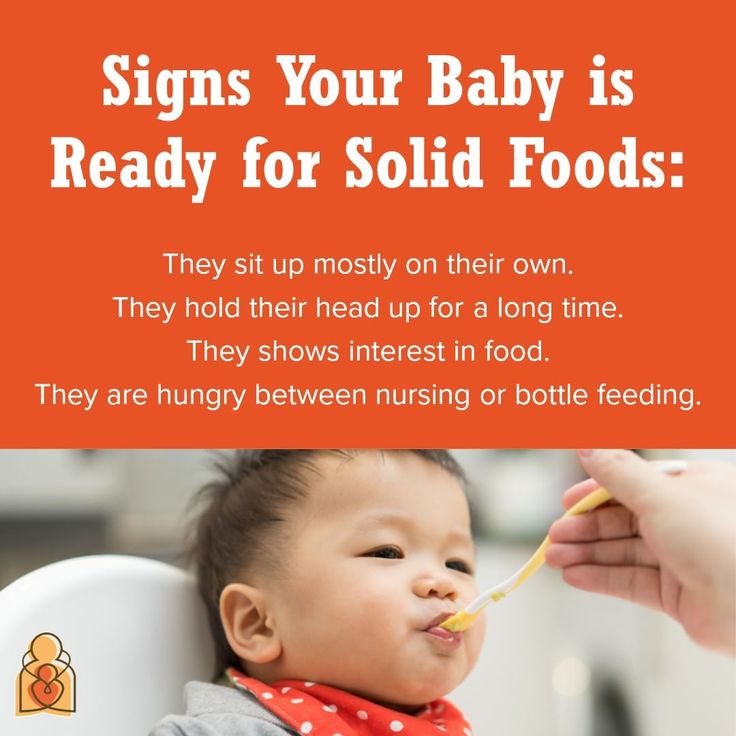
Do not use boiled or tap water, filtered water or well water will do. Water is changed twice a day. Squirrels willingly drink milk, juices and tea.
All products must be fresh and of good quality.
Do not feed the squirrel spicy, salty, smoked, fried, with spices, etc. Do not abuse sweets. nine0006
If possible, an outdoor enclosure should be built for the squirrel. Approximate dimensions are 2x1.5x1.5 m. Three walls are made of a metal mesh with cells of 10-15 mm2. The fourth wall and the roof are made deaf. Along the perimeter, boards are made 10–20 cm high in order to protect the animal from possible pests (cats, dogs, etc.). For ease of cleaning, you need a door that should close well. A snag with branches and wooden shelves are placed inside the enclosure, along which the animal will frolic, and on which it will grind its claws. Also, the squirrel needs a house - shelter. It is necessary to provide building material for home improvement - it can be wool, scraps of fabric, and so on. nine0006
nine0006
Feeders and drinkers must be securely fastened so that the animal cannot knock them over.
If it is not possible to keep the squirrel in an aviary, you will need a cage with a minimum size of 60x50x50 cm. The frame must be metal, otherwise the squirrel will be able to get free. Outside the cage it is worth equipping the wheel. Wooden shelves and driftwood are placed in the cage, as well as a shelter house and landscaping material.
The cage is placed opposite the window. If the cage is to be moved outside or onto a balcony, a solid roof is required, as squirrels are very sensitive to direct sunlight and are easily subject to sun and heat shock. nine0006
In nature, squirrels are more active in the morning and at dusk, but they can also adapt to other modes.
Cleaning should be done 2-3 times a week, but at least once a week. Squirrels are very attached to their smell, so do not use detergents. Frequent cleaning will save you from unpleasant odors. Once a month, it is worth pouring boiling water over all interior items and a cage for disinfection.
Once a month, it is worth pouring boiling water over all interior items and a cage for disinfection.
Squirrels molt twice a year: in autumn they change their red summer clothes for gray winter clothes, and vice versa in spring. nine0006
The squirrel needs your attention all the time.
If you picked up a squirrel and fed it with a pipette, in the wild it will not be able to feed itself on its own, because it simply does not know how to do it. Such an animal cannot be released into the wild, it will not be able to live without your care.
If you picked up an adult sick squirrel and left it, but it did not become tame, you should think about returning it to nature. It is best to do this in April - May, when the spring rut is over, in order to avoid violence from relatives, and there is still a whole summer ahead and the animal will have time to acquire supplies for the winter. It is necessary to release the squirrel into the wild into the habitual halo of habitat - to where you took it from.


